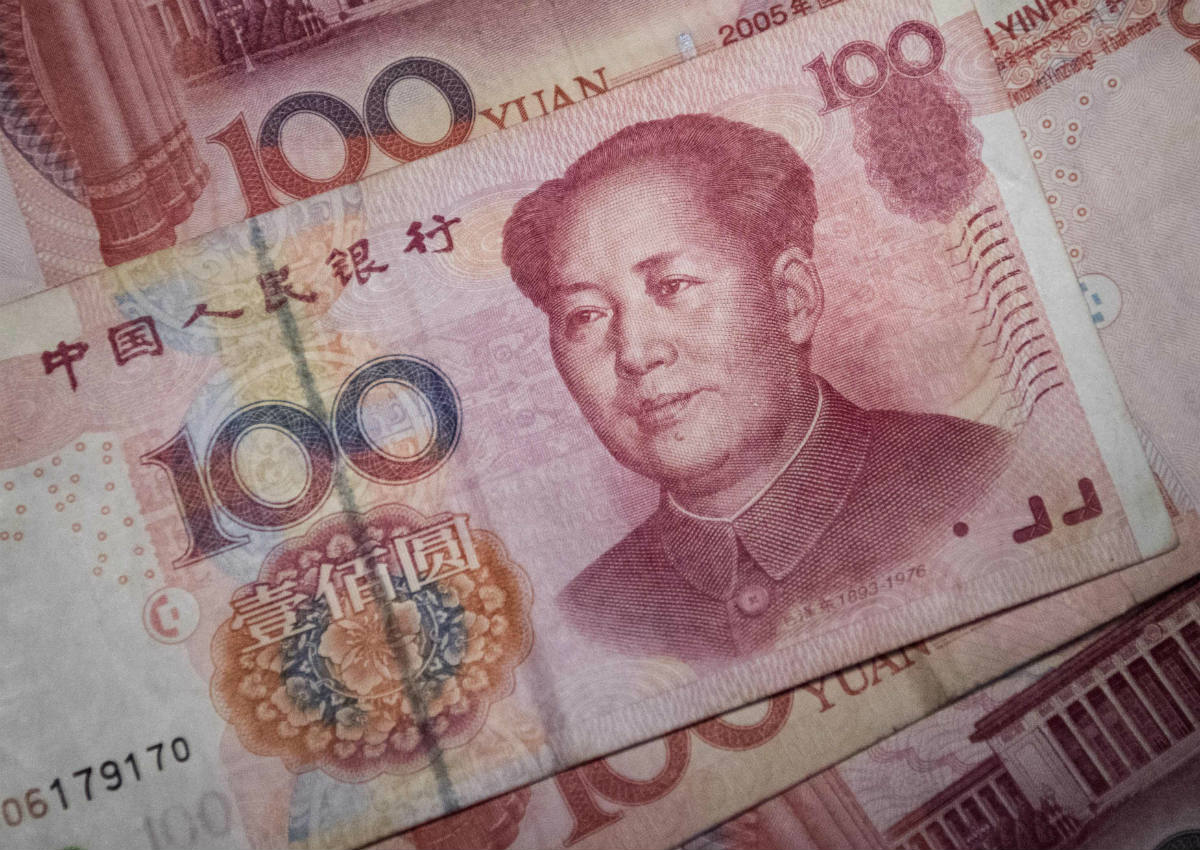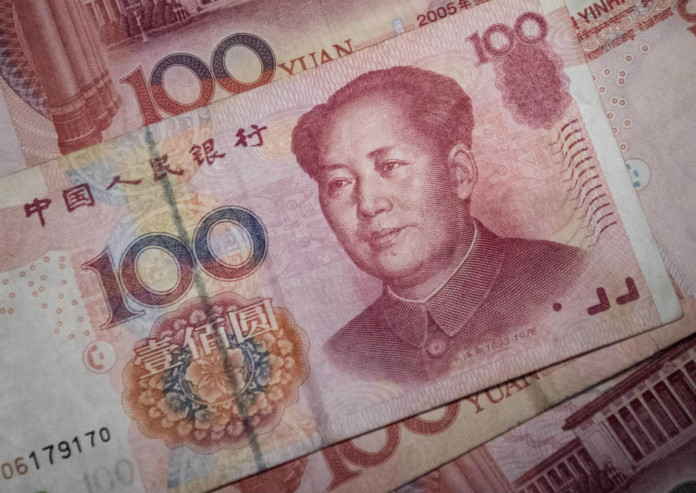Beijing: Chinese renminbi (RMB) is once more flowing out of China and this should continue well into next year, analysts said on the back of a stronger US dollar and a new US president who has threatened protectionist measures.
Official data shows that China’s once ballooning foreign exchange reserves last month fell to their lowest level in more than five years to reach US$3.121 trillion, with a monthly decline of US$45.7 billion (S$65 billion) in October, as the central bank intervened massively to support the currency.
RMB has been flowing out of China for over one year as companies deleverage their debts and diversify investments on the back of a weaker currency.
They are also buying overseas assets in the form of technology and foreign companies.
Over the past 18 months, the central bank has artificially been supporting the Chinese currency by selling forex reserves and limiting outflows with stricter oversight on outbound transactions.
“Regardless of the cause, it is clear that capital outflows have crept up recently. This is putting pressure on the People’s Bank (PBOC) which has had to step up intervention. The strength of the dollar since the US election will have added to this pressure,” said Julian Evans-Pritchard with Capital Economics.
The RMB has fallen nearly 5 per cent since mid-March and reached an eight-year low mid-November.
The drop has quickened since the end of the G-20 summit ahead of which the central bank propped up the RMB to avoid any instability.
In September this year, senior officials at China’s foreign-exchange regulatory agency said that they would enforce stricter regulations on companies trying to circumvent capital controls and take funds offshore.
Only late last week, the central bank issued new rules that will make it harder for companies to make yuan-dominated loans to overseas entities.
But intervention is limited by the need to have a weaker RMB to stimulate growth as well as the vow to reform financial markets, high on the government’s agenda.
The central bank has said it wants the RMB to respond more to market forces.
Furthermore, reserves though still substantial are not unlimited.
Looking forward, pressures on the currency will persist, analysts said. The US dollar is expected to continue to rise against the RMB as the Fed raises interest rates.
Furthermore the new Trump administration, due to step into office in January, could well implement protectionist polices and support national companies.
The US dollar has already strengthened since the US election last month.
“The PBOC’s foreign-exchange policy will face rising challenges if the strong USD appreciation trend continues. A rapid decline in forex reserves could at some point become counter-productive if it raises concern about reserve adequacy and intensifies RMB depreciation expectations and capital outflows – entrenching a negative feed-back loop,” said Joey Chew, Asian FX strategist with HSBC.
President-elect Donald Trump has threatened to officially name China as a currency manipulator and to impose punitive tariffs on imported goods.
“We expect China’s foreign reserves to decline further over the coming quarters. The PBOC will continue to run down its reserves as it attempts to prevent a sharp depreciation of the Chinese yuan. The risk of a narrower trade surplus amid the global economy’s tepid performance could also weigh on China’s foreign reserves,” said BMI Research in a note to clients.
Read also: China watchdog says outflows of capital ‘normal’

This article was first published on December 05, 2016.
Get The Business Times for more stories.






